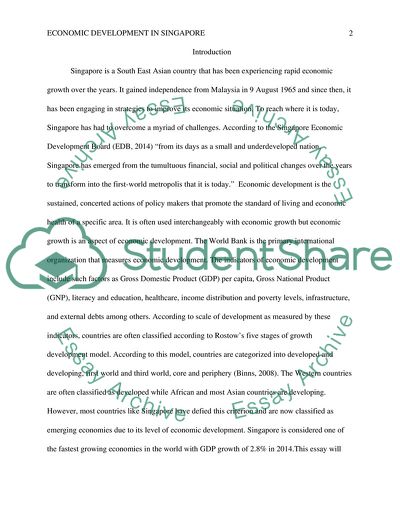Cite this document
(Singapore Research Paper Example | Topics and Well Written Essays - 2500 words, n.d.)
Singapore Research Paper Example | Topics and Well Written Essays - 2500 words. https://studentshare.org/macro-microeconomics/1861358-singapore
Singapore Research Paper Example | Topics and Well Written Essays - 2500 words. https://studentshare.org/macro-microeconomics/1861358-singapore
(Singapore Research Paper Example | Topics and Well Written Essays - 2500 Words)
Singapore Research Paper Example | Topics and Well Written Essays - 2500 Words. https://studentshare.org/macro-microeconomics/1861358-singapore.
Singapore Research Paper Example | Topics and Well Written Essays - 2500 Words. https://studentshare.org/macro-microeconomics/1861358-singapore.
“Singapore Research Paper Example | Topics and Well Written Essays - 2500 Words”. https://studentshare.org/macro-microeconomics/1861358-singapore.


